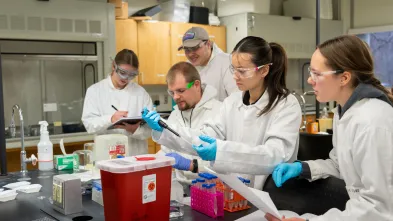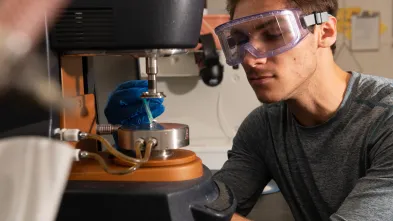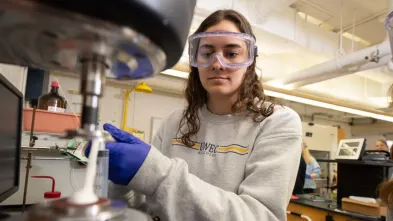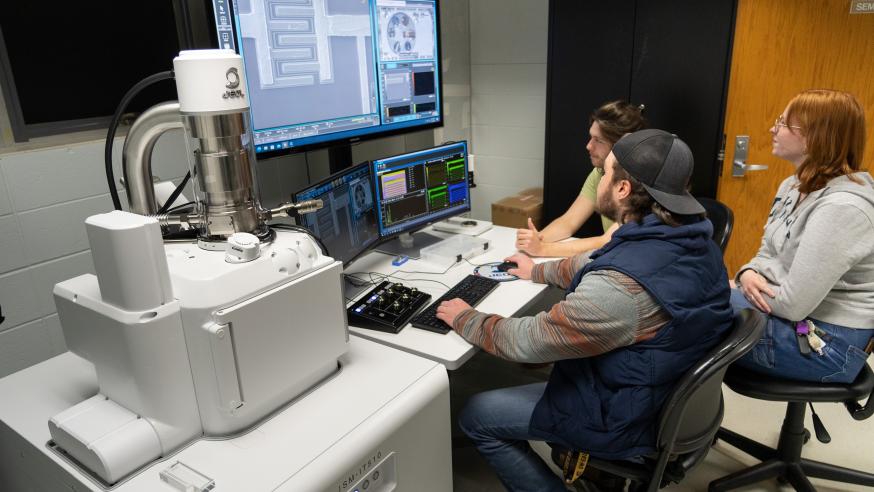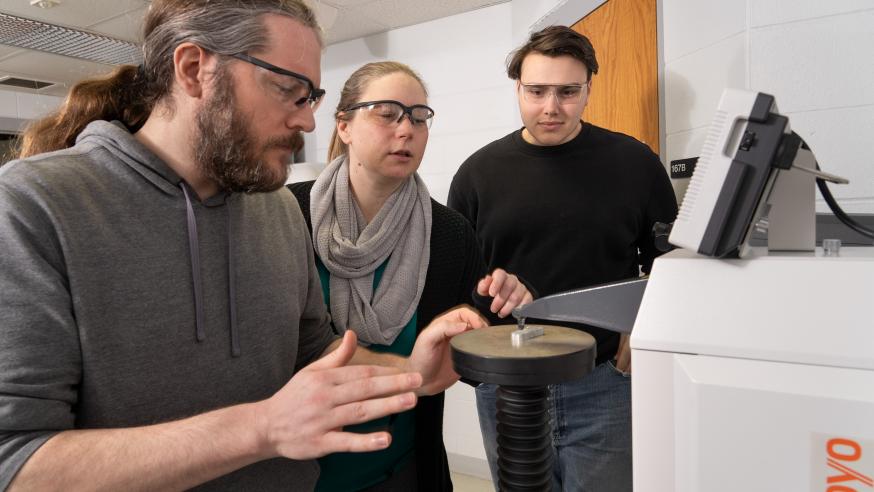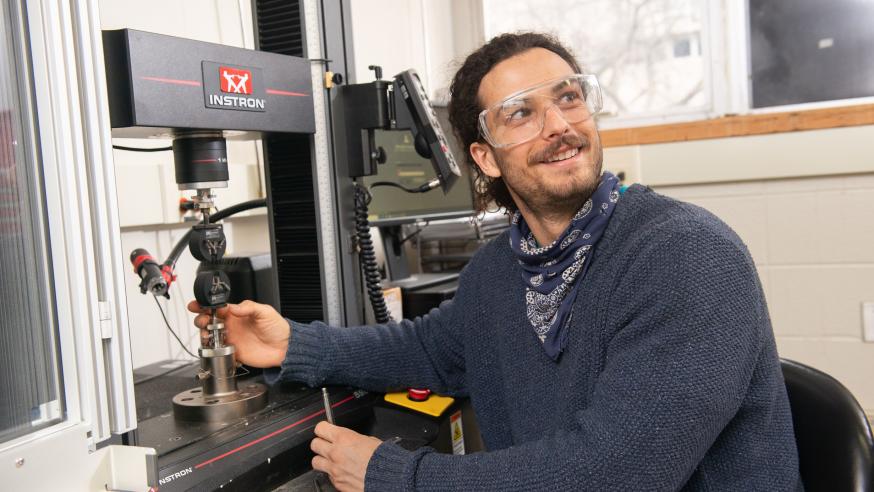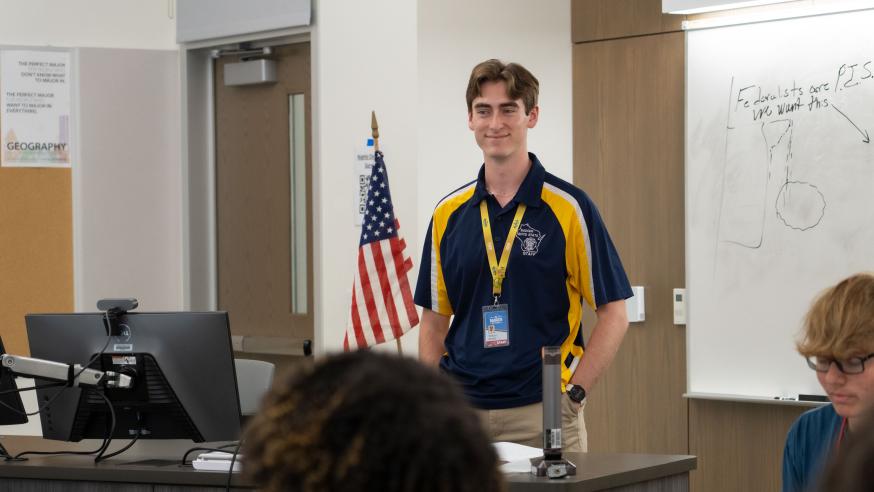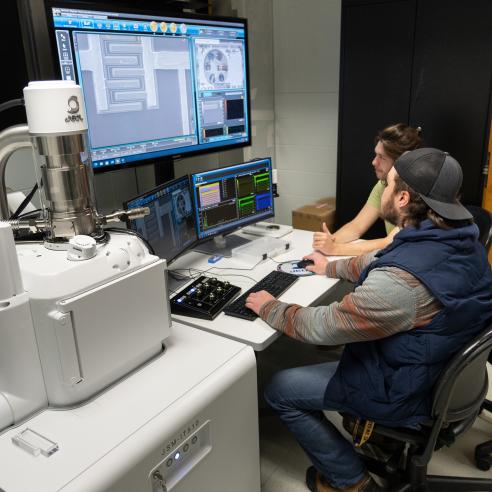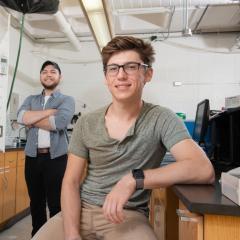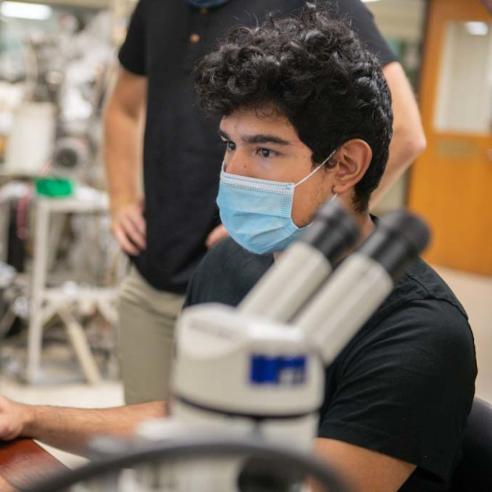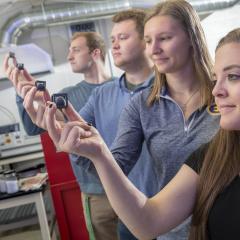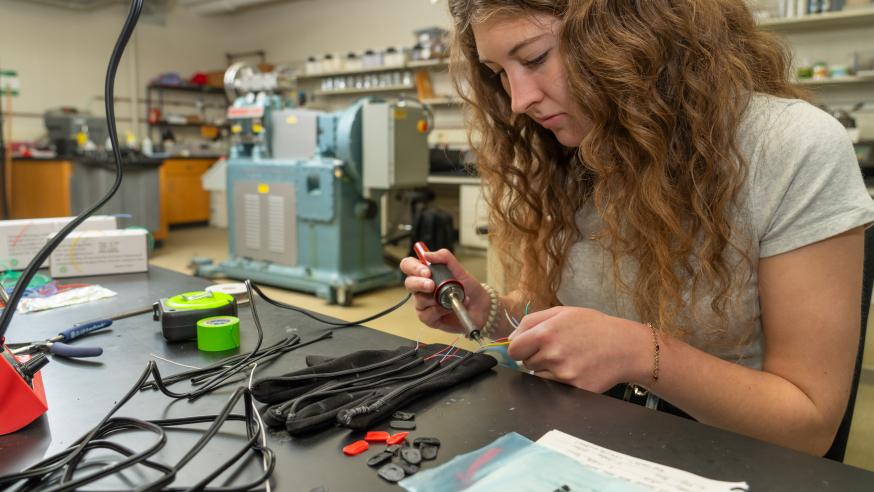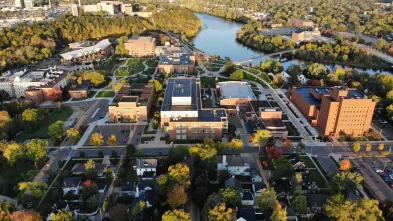Materials Science and Biomedical Engineering Department
Engineer Your Future
At UW-Eau Claire, we tackle real-world problems by combining core scientific principles, engineering approaches, and sophisticated instruments. Graduates from the Department of Materials Science and Biomedical Engineering learn a diverse set of skills that makes them attractive to manufacturers, research and development labs, and graduate schools.
Majors and Minors in Materials Science and Biomedical Engineering
All majors within the department emphasize critical thinking, communication, and the sort of broad-based problem-solving and analytical skills employers are looking for. Whether you are interested into going more in-depth into the “why” of the world around us or solving a specific problem to make the world a better place, all three majors offered in the department help you prepare for next steps in industry, graduate school, or professional school.
Meet the Faculty
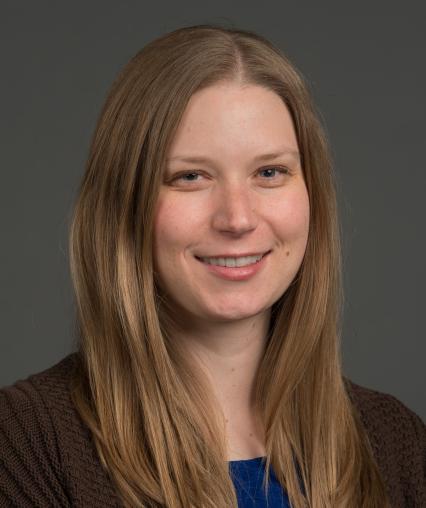

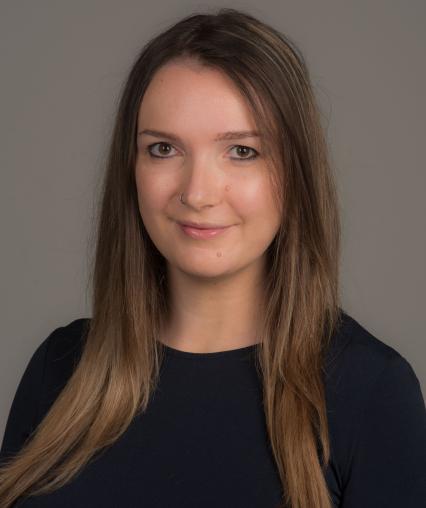
Justthe
facts
Blugold Stories
Materials Science and Biomedical Engineering Department
Phillips Science Hall 177
101 Roosevelt Avenue
Eau Claire, WI 54701
United States
